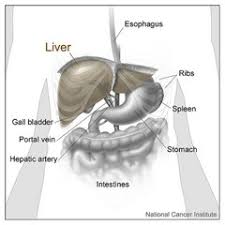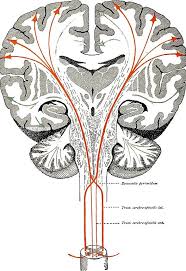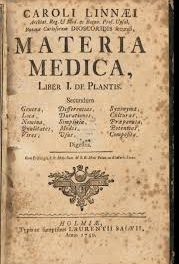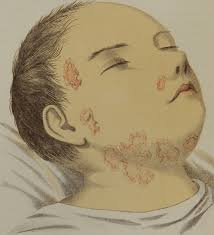By L. M. Lanyal, M.D.
Liver disease with Persistent Low Fever

Babu C. B. B., demonstrator Presidency College, Calcutta, called me in for the treatment of his grand daughter, aged eleven months, who was suffering from a low fever, and was gradually emaciating. The liver was somewhat enlarged, grayish colored hard stools, very excitable, slight dry cough was present. Bryonia 12 dil. thrice daily, was given, but with no benefit. Then Calc. carb. 12th three times daily, and suspecting the mother’s milk, I changed the diet to the following: Well boiled pearl barley water, 2 parts; lime water, 1 part; milk go goats, 1 part. After three days I noticed that the stool changed into yellow and little grayish color and the fever was less in degree in comparison with the previous accession. Then I prescribed Magnesia mur. 6x, three times daily. The fever ceased and the grayish color disappeared. She completely recovered, and is in good health now.
A Case of Intense Itching- Urtica Urens.
Babu H. C. D. Opium vendor and cloth merchant, Calcutta, aged about fifty, came at Hahnemann House on the 25th inst., suffering from unbearable itching over the whole body. All parts of the body were excessively swollen, and red areola appeared on the skin. Urtica urens 3x, one drop in an ounce of water for a dose, was given. The itching instantly ceased, and the patient rejoiced.
A CRITICISM OF ‘ELEMENTS’
Our estimable Medical Advance, January, reviews the second edition of Elements of Homoeopathic Materia Medica Practice, etc. We quote the review entire:
“The popularity of this small hand-book has been such that a second edition is called for in a short time. It is intended for physicians of other schools who wish to obtain an insight into what Homoeopathy really is. There is a brief sketch of Hahnemann and some of the pioneers of Homoeopathy; the manner of its discovery, its doses, how to apply it in the cure of the sick and some of the recent works on Homoeopathy. The materia medica of the last half of the book will be found very helpful to the beginner. But the therapeutic part, the treatment of diseases by name will be found disappointing. The potency, from the tincture to the 30th, is attached to nearly every remedy without apparently any rhyme or reason.”
“Here is an unfortunate illustration: Our allopathic and eclectic friends can do little to modify or curtail an attack of whooping cough, and they have persistently taught the people to believe that this disease is incurable, that it “must run its course,” and here is the reason why, under homoeopathic treatment, as here laid down, that it probably will “run its course.”
“when cough runs into convulsions, Cuprum metallicum 6.”
“Where the whoop is very marked and clear, Mephitis 6.”
“Severe paroxysms, changing color of face, Magnesia phosphorica 12x.”
“In cases not marked by any severe symptoms, Drosera rotundifolia IX.”
“Minute gun variety oor smothering, Coralium rubrum 12x.”
“With tenacious, stringy mucus, Coccus cacti 3.”
“Rattling. Of mucus, white congue, Tartar emetic 6.”
“To prevent the spread of the disease give drosera IX to the other children, or to those liable to contract the disease.”
“As a prophylactic, Drosera IX will most certainly fail, unless in rare cases, where it is the genus epiidemicus.This is not the wya to educate and allopathic physicain or indoctrinate a family into the homoeopathic treatment of whooping cough. Besides it leads the beginner to believe that the potencies here given are the only ones to use.”
So runs the Advance’s review. Many, very many, attempts have been made by writers to give information to the allopaths and to the public, and of all of them Elements is by far the most successful if the number ofo copies sold is to be taken as a criterion. It is not claimed that a better book (in same compass) on the subject could not be written, but so far none better have been offered to the publishers. The therapeutics criticised above are a fair sample of all this section of the book, and if the reviewer will write us in about the same space a better therapeutics of whooping cough or put it in better from no one will welcome it more heartily than the builders of Elements, for nothing could do more to further their work. Or if any of the readers of the Recorder can offer anything to better that little book the suggestions will be thankfully received. The book is designed to give in a concise and low priced form a general knowledge of Homoeopathy something in which all are interested who care for the spread of Homoeopathy. To say that such and such a part is bad without pointing out wherein it is bad and how it might be bettered is like slapping a blind man on the back and shouthing, “Here, you fool, don’t you see you are going wrong!” and then going your way.




